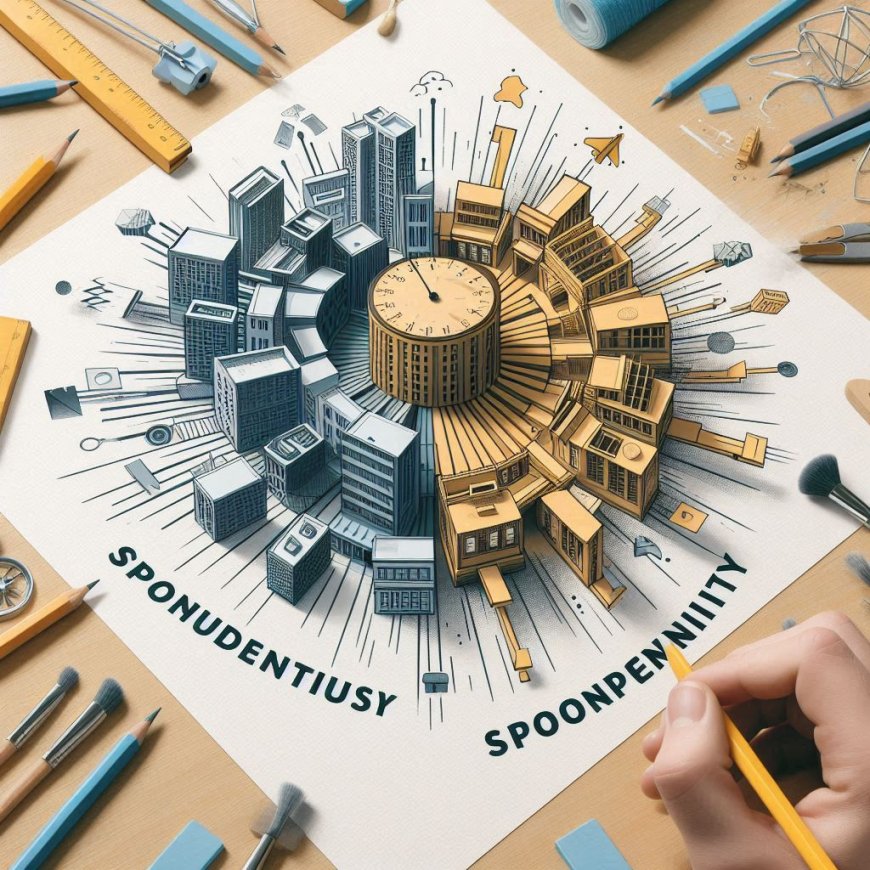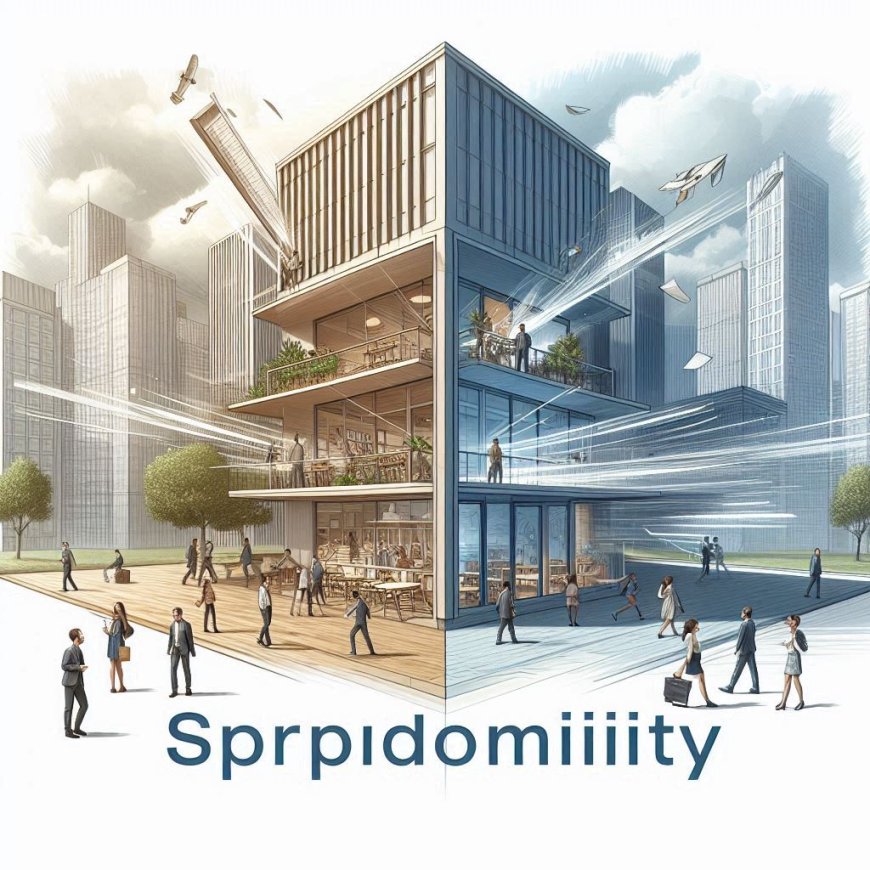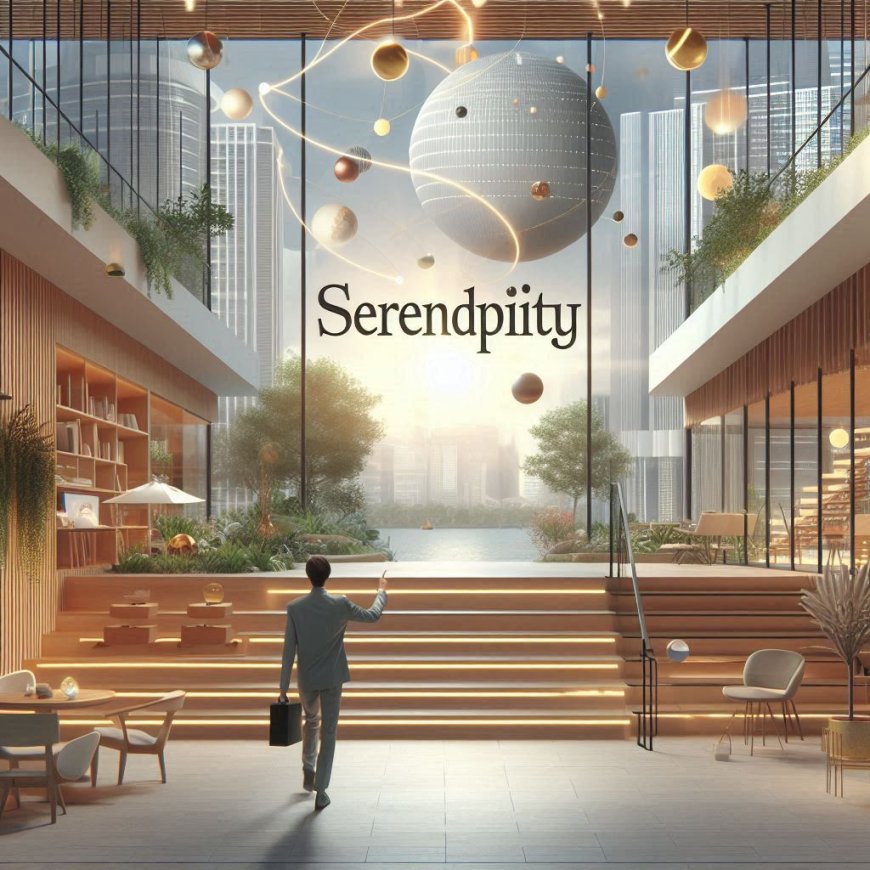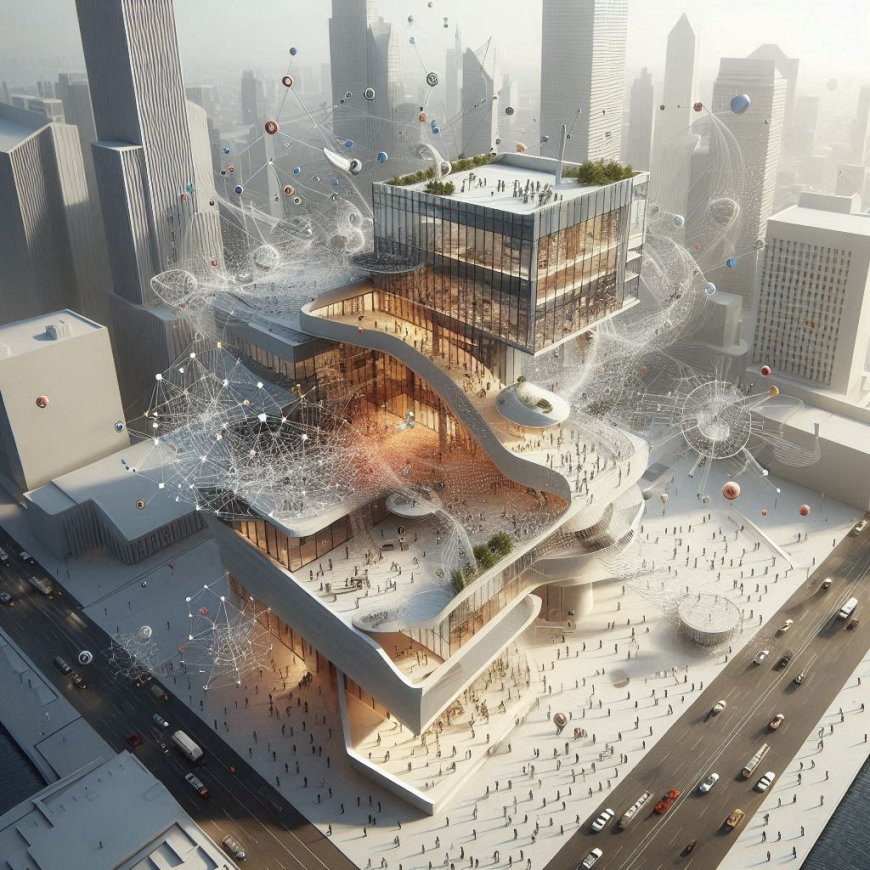The Art of Serendipity and Spontaneity in Architecture
Discover how serendipity and spontaneity drive innovation in architecture, blending intuition with structure for truly inspiring designs.
Have you ever wondered what sets successful architects apart from the rest? Is it their technical skills, creativity, or perhaps something more intangible? The answer might surprise you. The remarkable qualities of serendipity and spontaneity often define the most successful architects. These traits allow them to navigate the unpredictable waters of design and innovation, much like a skilled sailor steering a ship through the vast, open seas. This blog post will explore how these qualities can transform an architect’s approach to their craft and lead to extraordinary outcomes. So, let’s set sail on this thrilling journey of discovery and see how embracing the unexpected can lead to architectural brilliance.
1. Understanding Serendipity in Architecture:
Serendipity is often described as the occurrence of events by chance, happily, or beneficially. This means being open to unexpected discoveries and opportunities that can enhance an architecture project. Successful architects know that not every great idea comes from meticulous planning. Sometimes, it’s the unplanned moments that lead to the most innovative solutions. For instance, an architect might stumble upon a unique material or design element that complements their vision simply by being open to exploring new possibilities.
2. The Role of Spontaneity:
On the other hand, spontaneity is the ability to act on impulse and make decisions quickly. In architecture, this can be a powerful tool. When faced with a design challenge, a spontaneous decision can lead to a breakthrough that might not have been possible through conventional methods. This doesn’t mean acting recklessly, but trusting one’s instincts and being willing to take calculated risks. Spontaneity empowers architects to adapt to changing circumstances and seize opportunities as they arise, much like a sailor adjusting their course to catch the wind.
3. Balancing Structure and Flexibility:
While serendipity and spontaneity are pivotal, they must be harmonized with structure and planning. Successful architects are adept at establishing a robust project foundation while allowing room for flexibility. This equilibrium ensures that while the core vision remains intact, there’s space for innovation and adaptation. It’s akin to constructing a sturdy ship that can weather the waves but is nimble enough to navigate them.
4. Learning from Mistakes:
Embracing serendipity and spontaneity also means being open to learning from mistakes. Not every spontaneous decision will lead to success, and not every serendipitous discovery will be beneficial. However, each experience provides valuable lessons that can inform future projects. Successful architects view mistakes as opportunities for growth and refinement, much like a sailor learning from each voyage to become more skilled at navigating the seas. This resilience and determination are key to architectural success.
5. Cultivating a Creative Mindset:
Architects must cultivate a creative mindset to harness the power of serendipity and spontaneity. This involves staying curious, being open to new ideas, and constantly seeking inspiration from the world around them. Whether through travel, art, or nature, successful architects draw from various influences to fuel their creativity. This mindset allows them to see possibilities where others might see obstacles, turning challenges into opportunities for innovation.
6. The Impact on Architectural Design:
When architects embrace serendipity and spontaneity, the impact on their designs can be profound. Projects become more dynamic, with unique elements that set them apart from the conventional. This approach can lead to buildings that meet functional requirements and inspire and captivate those who experience them. It’s the difference between a structure that exists and one that tells a story, much like a ship that not only sails but also embarks on an unforgettable journey.
Summary/Conclusion:
Serendipity and spontaneity are invaluable in the ever-evolving world of architecture. They empower architects to creatively and adaptably navigate design complexities, leading to innovative and inspiring outcomes. By embracing the unexpected and being open to new possibilities, architects can transform their projects into extraordinary works of art. Just as a skilled sailor relies on intuition and experience to navigate the seas, successful architects blend spontaneity with structure to create designs that stand the test of time.
As we conclude this exploration of serendipity and spontaneity in architecture, let’s remember the importance of these qualities in design and life itself. Embracing the unexpected can lead to remarkable discoveries and opportunities for growth.
What's Your Reaction?
 Like
0
Like
0
 Dislike
0
Dislike
0
 Love
0
Love
0
 Funny
0
Funny
0
 Angry
0
Angry
0
 Sad
0
Sad
0
 Wow
0
Wow
0


















































































































